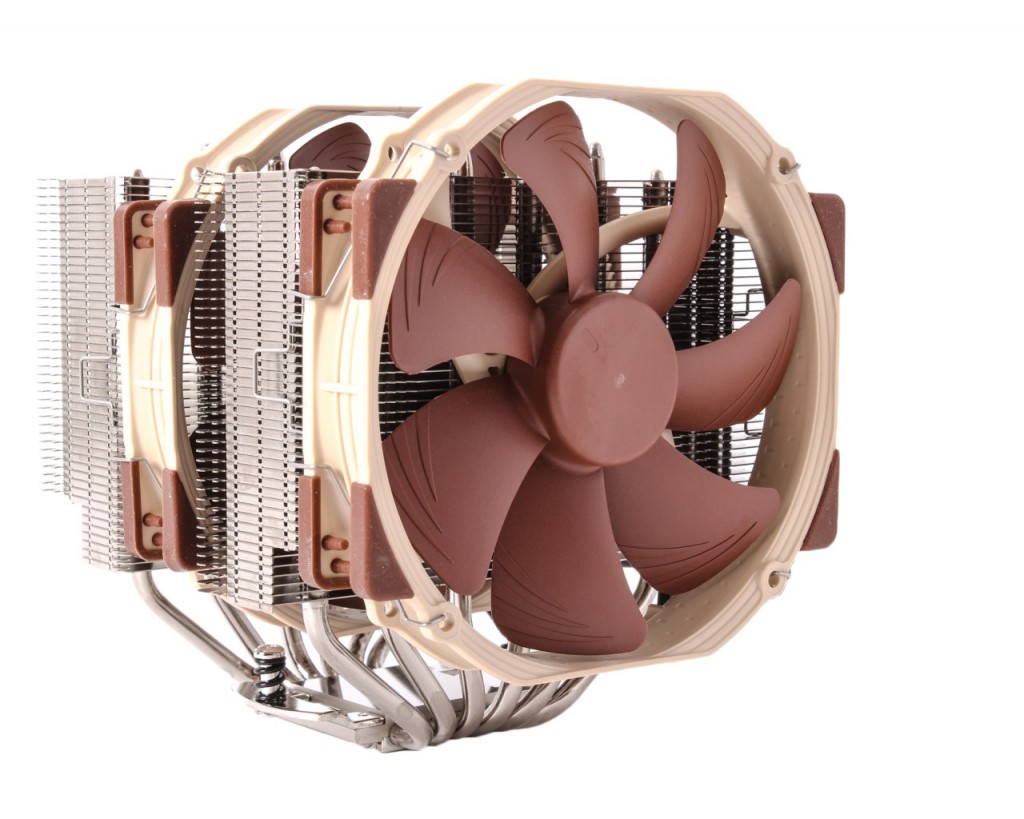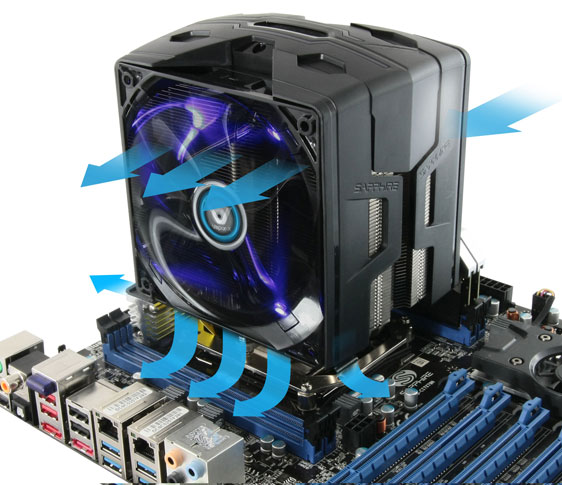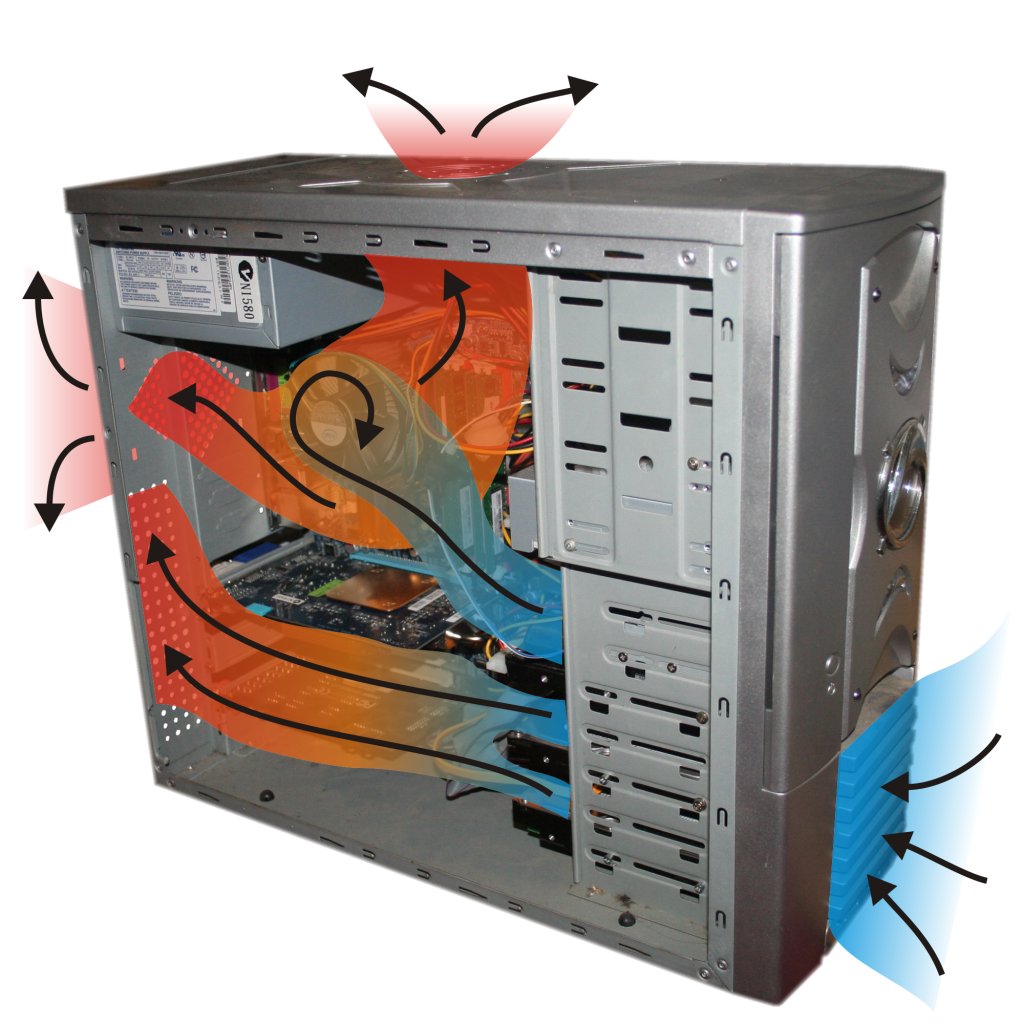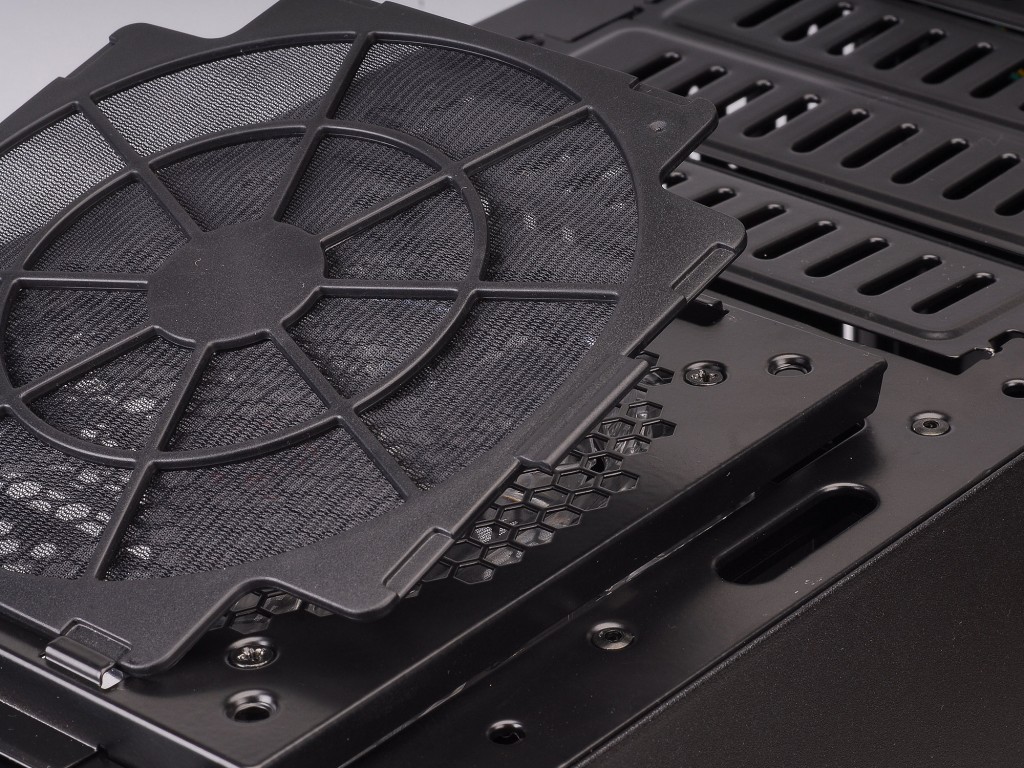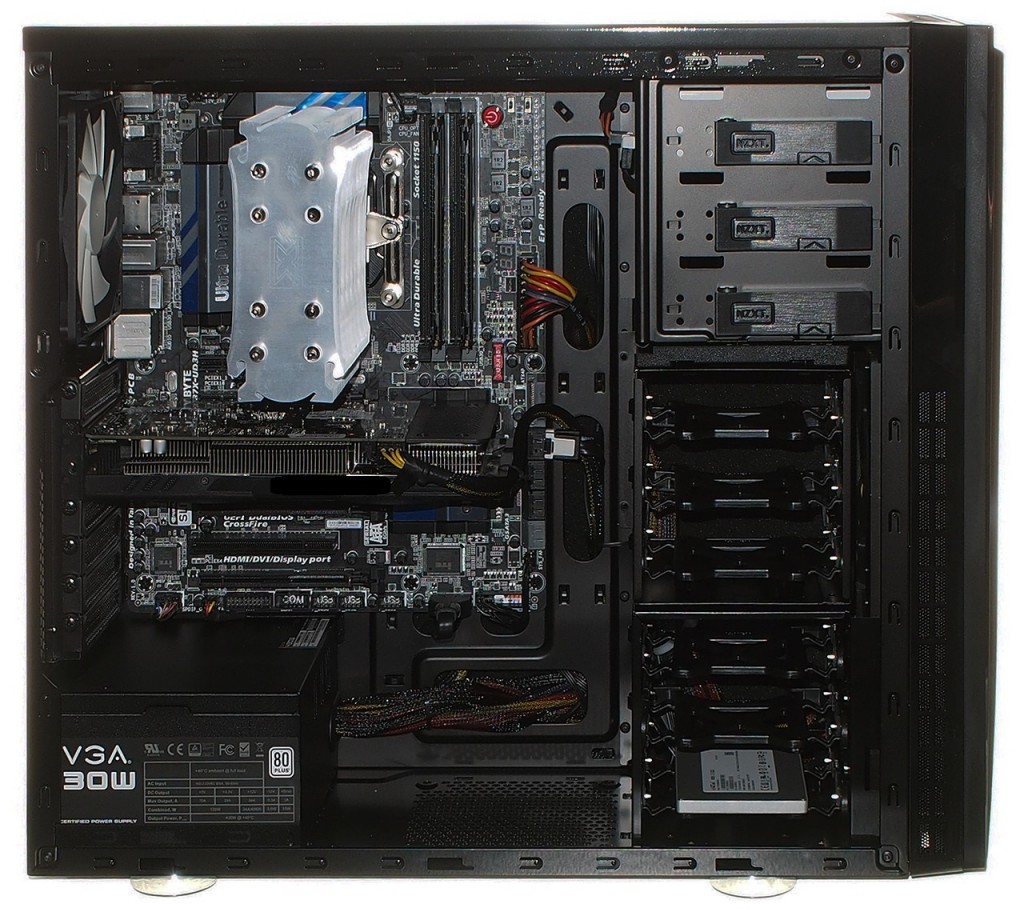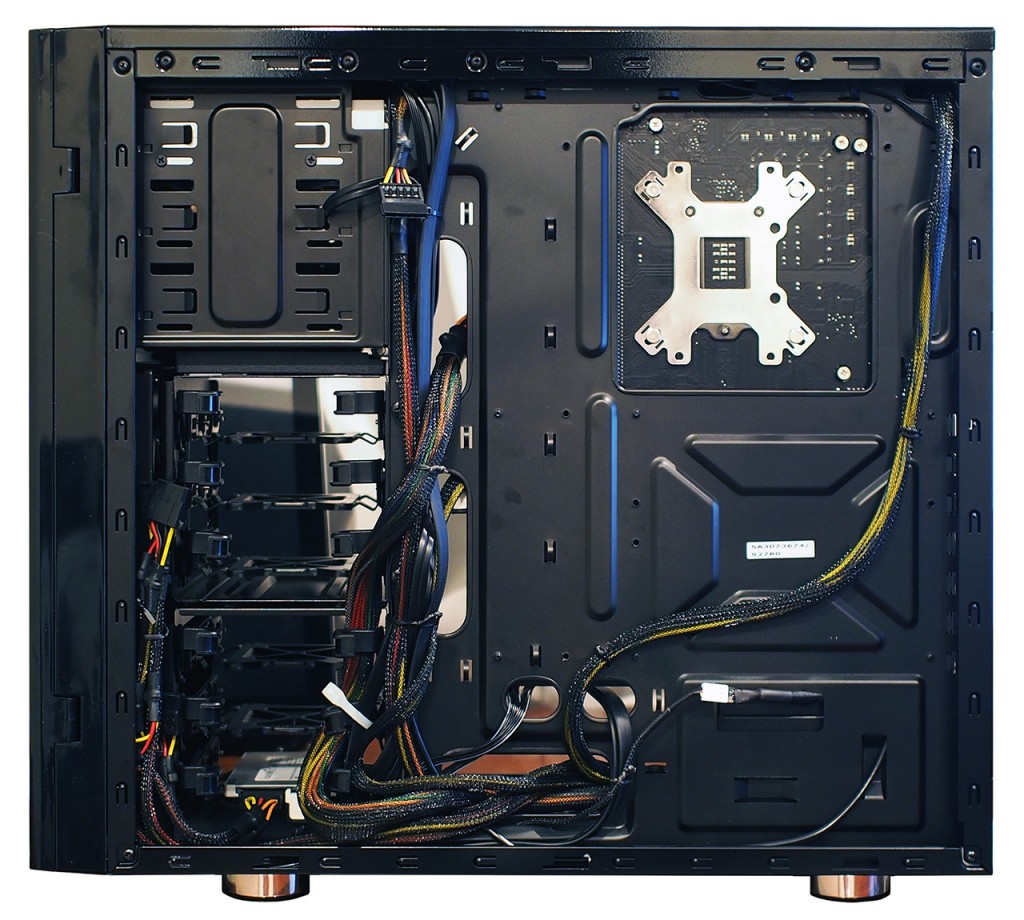
Modern gaming PCs are extremely powerful and lightning-fast. They are often equipped with high-end components that make owner proud and satisfied during long gaming sessions with awesome ultra-resolution max-details experiences. But every PC – even if it’s based on high-end components – can be improved in some ways. Today we talk heat and how to minimize it inside your monster rig (as well as just decent, MOBA-suited computers).
Sometimes without much of an investments PC can run with lower CPU and graphics card temperatures and also much, much quieter. There are some tips and tricks you should know when building or upgrading your PC that will help you keep it in good condition even on hot summer days.
Use semi-passive VGA and power supply
Power supply and graphics card generate most noise in a typical tower PC. Though manufacturers of VGAs and power supplies are striving to use silent fans in their products, most of them aren’t noiseless, and that might be annoying – especially at night. The solution for this kind of noise are products with semi-passive cooling. These units have standard air-based thermal solutions, but fans are spinning only under high load. For example: fan is disabled while playing a flash game or browsing internet, and starts spinning when you run demanding 3D games like Witcher 3 as VGA and PSU temperatures go high.
With graphics, Sapphire NITRO series cards will be a perfect choice.
Recommended semi-passive power supplies: Corsair AX and GS series, Fractal Design Tesla series, Seasonic X series
Use high-end CPU coolers
CPU is the most important part in every PC. Most CPUs are bundled with coolers, but usually boxed CPU cooler can’t keep the unit in low temperature while gaming or performing other demanding tasks. High CPU temperature may cause noisy operation of PC or “throttling”, which essentially means lowering the performance of your unit to bring temperature down and not cross safety limits. A good “tower type” CPU cooler can prevent this situation.
Models with 120 and 140 mm fan (or fans) should be your target. These coolers have low speed, very quiet fans and almost all of them will reduce CPU temperature by at least 20°C. Models with two 140 mm fans are best, but if you are not going to overclock your CPU, a cooler with single 120 mm fan will be sufficient.
Highly recommended cooler brands: Noctua, Thermalright, Prolimatech, Corsair
Install as many fans as possible
Typical budget PC case has two pre-installed fans – one on the front side and one on the back. It’s a reasonable solution, but you can improve the airflow inside your PC by installing a second fan on the front and adding an extra fan on the top. Some PC cases allow to install fans in the bottom too.
You should use 140 mm fans (if possible – check PC case manual) or 120 mm. Most PC case fans available on the market are spinning with about 1000-1200 RPM – but you can use also 1600 RPM fans and adjust fan speeds in your motherboard’s BIOS. But be aware that only PWM fan speed with 4-pin connection can be adjusted via motherboard!
Remember that front/bottom fans must be intake fans and top/rear fans should be exhaust fans. It’s the only correct scheme. Look for arrow marks on the fan’s side to make sure you mount them properly!
Highly recommended fan brands: Noctua, Enermax, Silverstone, Noiseblocker, Zalman
Clean dust filters twice a month
Too much dust inside the case can neutralize every cooling system’s performance – you must prevent this. Almost all PC cases have pre-installed dust filters on the bottom for power supply and on the front for the fans. If filters are detachable, you should remove them twice a month and clean under tap water. In cheap cases front fan filter is not detachable – use a vacuum to clean that one and all other mechanical parts that are hard-mounted but remain within safety reach of your vacuum’s pipe. To remove dust from smaller gaps and rows inside the case or radiators, use compressed air – you can buy it in every regular electronic store for a few bucks.
Use your PC case cable management to improve airflow
Every PC – especially gaming PCs – has a lot of cable bunches inside. Today PC cases have a lot of facilitations dedicated to cable management. Most important are holes in motherboard tray inside the case. All cables should be guided under the motherboard tray – especially ATX 24-pin and P8 connectors. Sometimes ATX P8 bunch is too short to guide under motherboard tray, but you can buy extension cord and it will solve the problem.
image source: pcworld.com
The same goes width Serial-ATA signal and power cables. Both of them should be under tray for best airflow in the case. It will be difficult to do it with optical disc drives – these cables in typical tower case must be properly guided over the motherboard tray (because of their length) – but you can use plastic clamps to fasten them.
Bunches for powering VGA cards are usually too short to guide them under the motherboard tray, but coupling them with plastic clamp as well will be a reasonable solution.
Highly recomended PC cases brands: Zalman, Fractal Design, Silverstone, Corsair, BitFenix
What are your best practices for maintaining a cool gaming PC? What components and accessories have you used? Sends us some comments or even your build’s interiors below!







